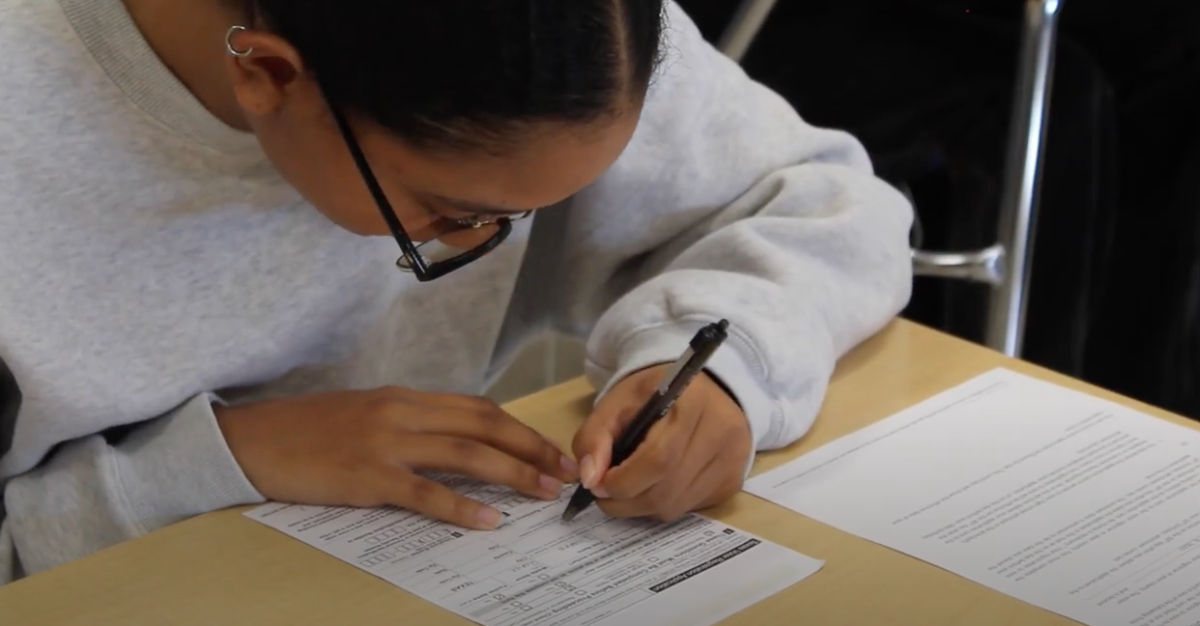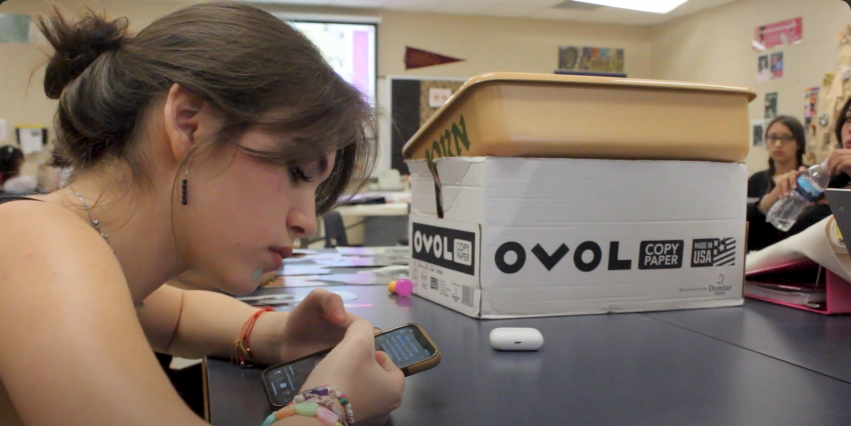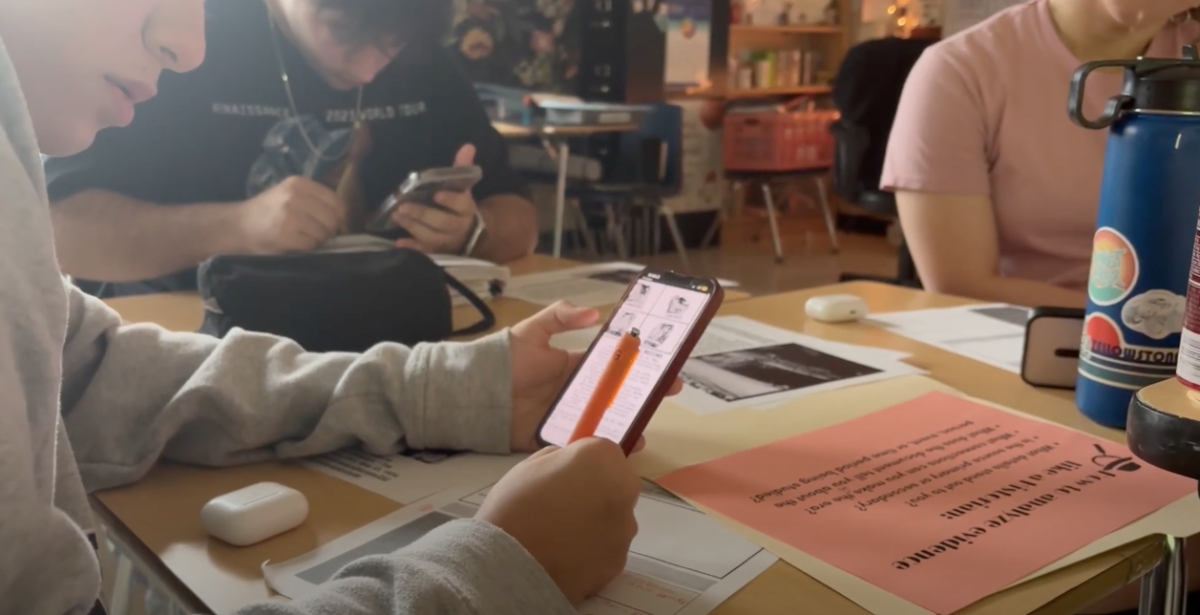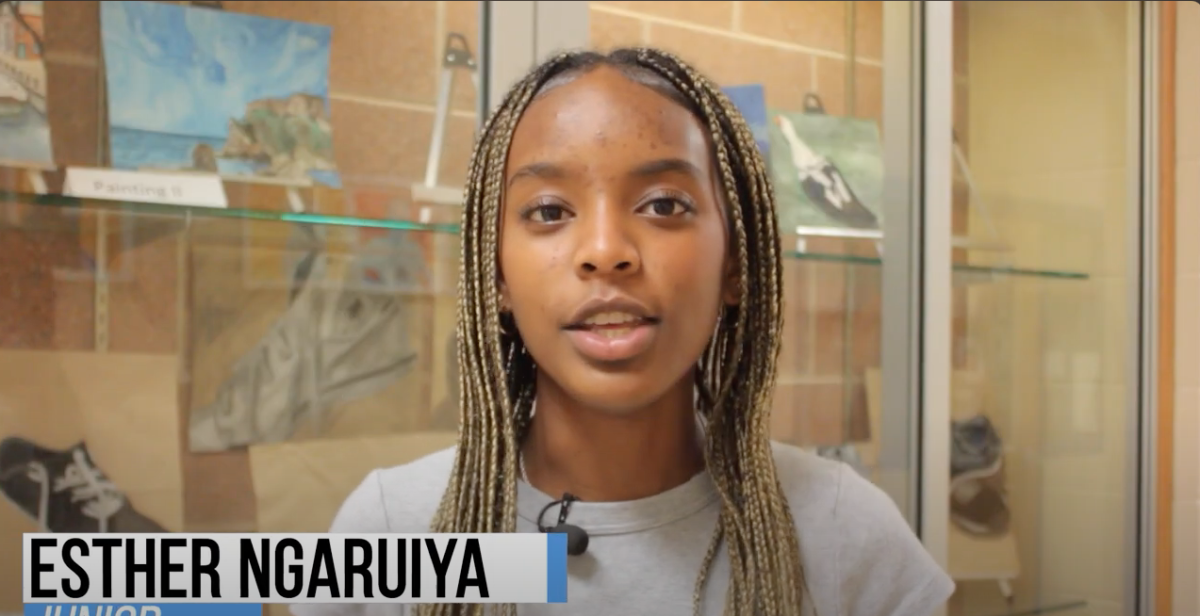by James Jewett |Staff Writer
With budget cuts looming over the state and district, student travel is an important factor facing a possible change.
“There would be a lot of things that are effected,” principal John Mehlbrech said. “Most of the trips are funded by the parents. Most of the trip is some fundraising of some sort, whether it’s candy sales, or the cards for the restaurants. You find a way to raise the money. With the economy as tough as it’s getting and the budget crunches it’s harder to raise that kind of money.”
Student travel is never a guarantee, based primarily on how much a group can fundraise and how much parents are willing to pay.
“We have to be very careful. A lot of times the clubs will raise enough money to cover some kids that can afford it, but in cases that they can’t, they unfortunately can’t. We never want to put anybody in this situation, but it does occur. So, yes the budget cuts would be definitely effect,” Mehlbrech said.
Recent trips have even included travel to destinations some would consider lavish. At a cost of about $2,000 a student, the orchestra spring break trip has been planned since early first semester and does require parents to shoulder the majority of the cost.
“We will be visiting different places,” orchestra director Karen George said. “Especially the Pearl Harbor memorial, and all that and we will also perform two times over there.”
Joseph Johnson serves as a fine arts program director at Central Office and is often involved in assisting organize student group travel.
“If someone’s taking a trip say over spring break and missing no school as opposed to someone who’s taking a trip and missing like 2 or 3 days, that’s also evaluated – because if they miss more than two days, it’s automatically denied in the system,” Johnson said. “So if it’s more than two days, then it automatically gets denied and they have to go back and then the principal and the coach have to justify to Dr. Sheffler as why it’s important that they miss two days of school.”
In order for a trip to be approved it has to go through several people before its final approval.
“They have to get permission from the school and if it’s within 50 miles of the school or of the district, it’s real easy – it just comes through me. If it’s more than 50 miles then they have to go into the computer and ask for a travel request form then once that comes through they got to go and breakdown the budget,” Melbrech said.
Other costs that must be considered are also mandatory for a trip to be approved in the first place – such as chaperones and who covers those costs.
“Who’s going? Who are the chaperones? If it’s and over night stay or not? But then once I approve, it goes automatically to the associate superintendent and he has to approve it. And once that’s done then they go. So we usually need about four weeks to get all that done,”Melbrech added.
If a campus administrator is required to go on the trip, that cost is usually paid by the campus. Otherwise, it is covered by the school group or the person serving as a chaperone – usually a parent. The district doesn’t allow too many trips a year, but the school usually sets the limit and has certain criteria that must be met before a trip is approved.
“The final IA – that’s also when they’re looking at if there are any conflicts with testing dates, if they have to miss school during any type of testing, blackout period, because that’s pretty much an automatic denial. And then the other aspect of it is financial, which is where they want to know how the trip is being paid for. They have 3 listings: if the district is paying for it, are the parents paying for it, or if the organization paying for it. They do look at that because, number one, if the district paying for all of it, it’s going to be limited. They’re going to [cut back on] a lot of things that the district has to pay for because we are in a financial crisis right now with all the budget cuts happening at the state level. But at the same time, they also want to balance it out there where they don’t want all the burden on the parents. They don’t necessarily want trips to be 100% payed for by the parents. Preferably what they like is whenever there’s some type of fundraising going on. If students can fundraise rather then putting the burden on the parents or on the district, they can go out there and raise money on their own,” said Johnson








